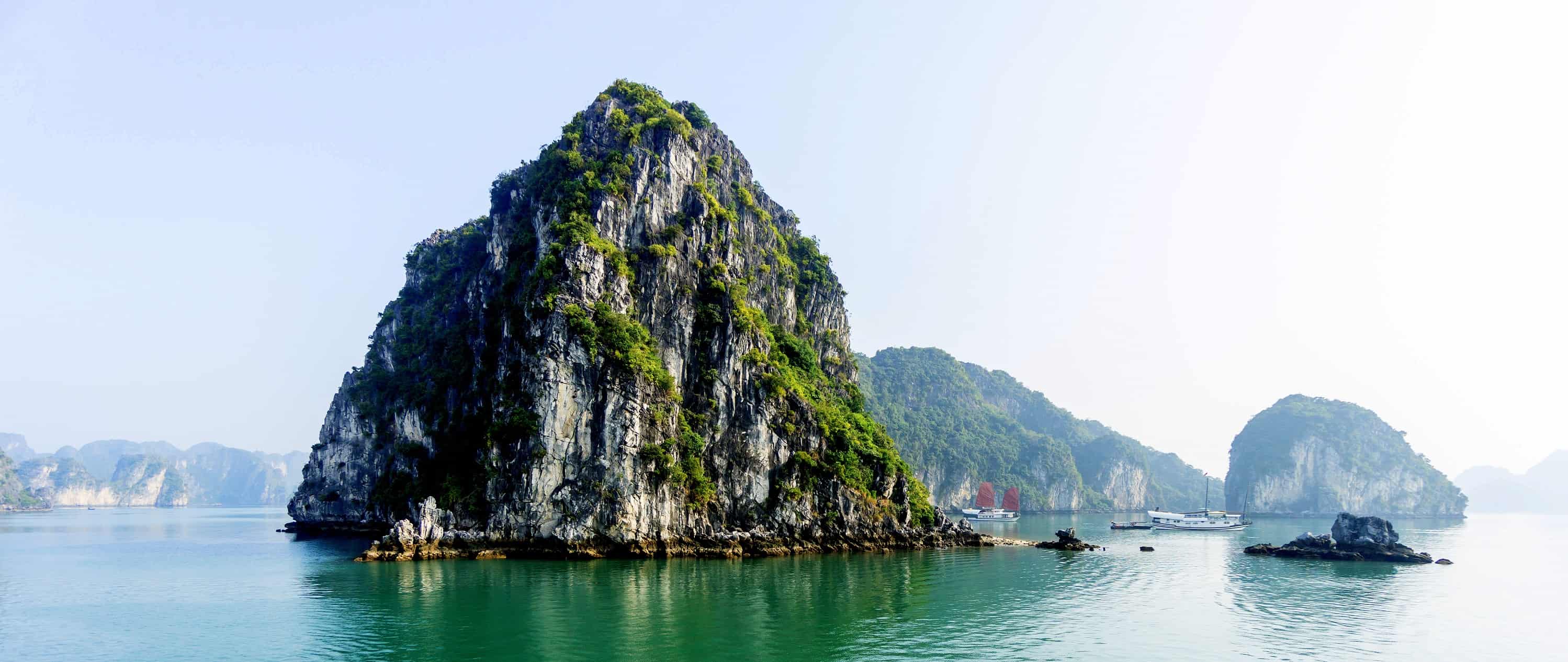 https://www.flickr.com/photos/andrewhuxtable/
https://www.flickr.com/photos/andrewhuxtable/
Vietnam is appearing on a growing number of tour operators’ offerings and with very good
reason. The country appeals to foodies (Vietnamese cuisine has elements of Chinese, French and Cambodian traditions), history buffs (thousands of years of dynastic rule), war historians (IndoChina War, Vietnam War), cruisers (Mekong River, Halong Bay), and anyone with a passion for rich Asian culture. Here’s a look at three places – all UNESCO sites – that pop up on almost every itinerary...
Halong Bay
 Lawrence Murray/Flickr
Lawrence Murray/Flickr
Hailed as “a marvel of the earth erected towards the high skies” by national poet Nguyen Trai, Halong Bay is a haunting, fascinating landscape of hundreds of stone islands that changes with the light. Cruises sail the beautiful blue and green waters past mountains and islands, each dotted with caves and grottoes carved by the sea. Older than old, the area is one of the cradles of local civilization.
Complex Of Hué Monuments
 https://www.flickr.com/photos/ethancrowley/
https://www.flickr.com/photos/ethancrowley/
Established as the capital of unified Vietnam in 1802, Hué was not only the political but also the cultural and religious centre of the country until 1945. The complex houses the Imperial City, the Forbidden Purple City and the Inner City within walls and a moat along the banks of the Perfume River. Similar to the Forbidden City in Beijing, this one housed the Nguyen imperial family.
To the west of the Complex are the royal tombs and temples, masterpieces in landscape architecture built by the Nguyen Dynasty. Each royal tomb was created as a place for royal pleasure in life before becoming an eternal resting place after the king’s death.
Hoi An Ancient Town
 https://www.flickr.com/photos/ynakanishi/
https://www.flickr.com/photos/ynakanishi/
The old port town of Hoi An is a fine example of a traditional Asian trading port, with its old streets lined with ancient houses and assembly halls, its pagodas, temples, ancient wells and tombs. Flourishing between the 15th and 19th centuries, when it was one of the most important trading centres in Southeast Asia, the town’s wooden buildings combine Vietnamese designs with Chinese and Japanese influences. It was through Hoi An that Christianity came to Vietnam in the 17th century.
For more information, visit vietnamtourism.com


